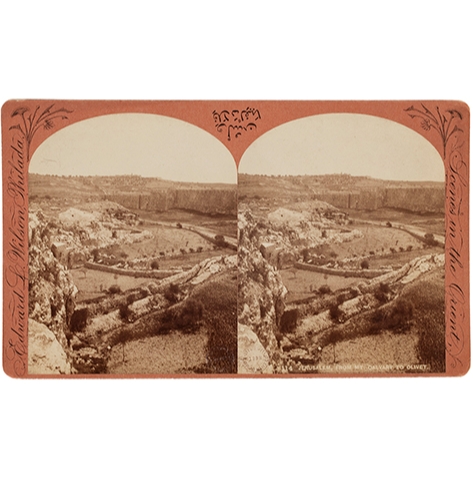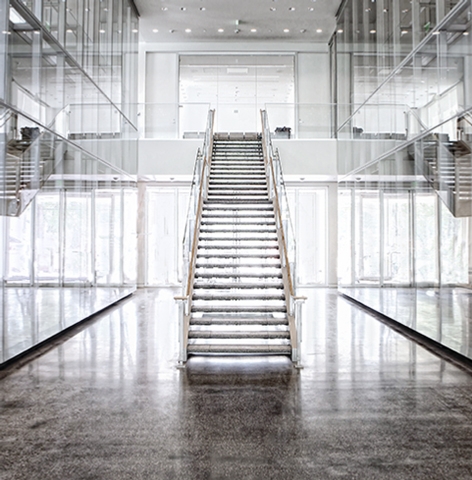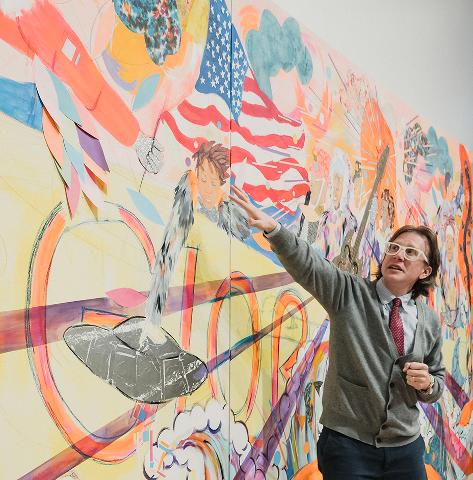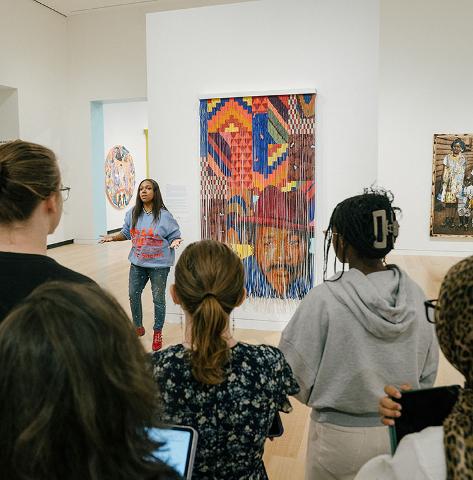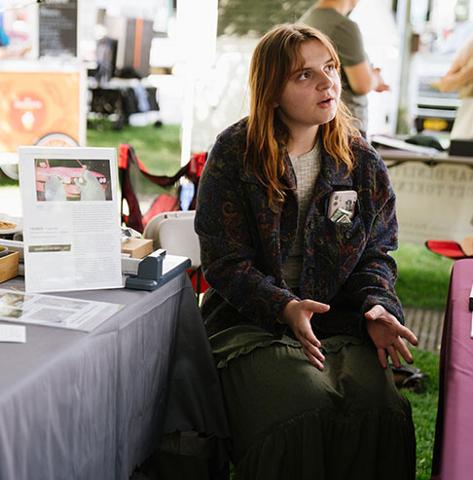Playground of My Mind first page (Courtesy Prestel)
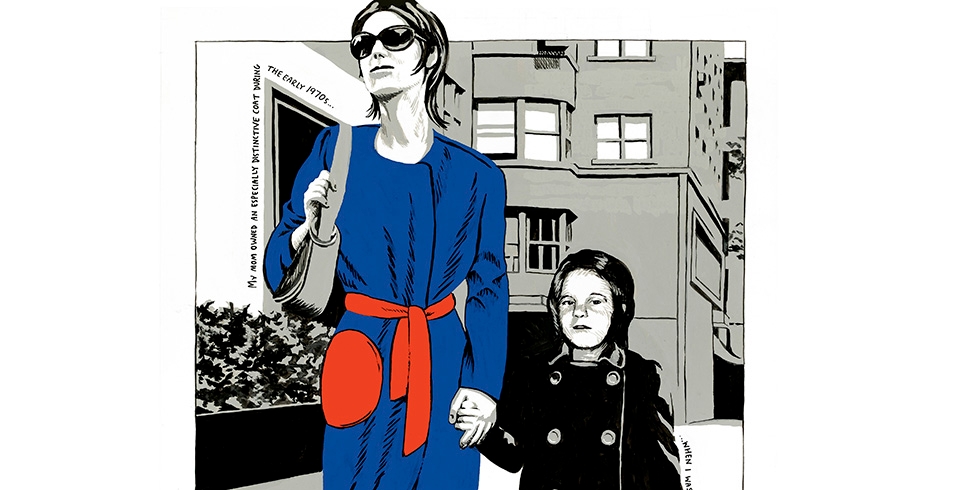
The idea of concrete being the dominant material for a children’s play area seems bizarre today. What about the grazed elbows and knees and scratched palms? What if, God forbid, someone hits their head?! In 1970s New York, however, it worked: Artist Julia Jacquette recalls the concrete playscapes built during one of the city’s most socially turbulent eras in her new book, Playground of My Mind.
A combination of personal memoir, playground design guide, graphic novel, and story of New York’s modernist architectural scene, laced with snippets of feminist ambition, Playground of My Mind is narrated retrospectively by Jacquette, who illustrated the book with her own distinctive graphic style. It starts by plunging you into the depths of Columbus Park Towers, a confusingly named, singular high-rise apartment block on West 94th Street. It’s here, in the tower block’s basement, where Jacquette’s interested in playgrounds started.
Described as a “city within a city,” Jacquette uses the now-demolished play area, designed by landscape architect M. Paul Friedberg, as a springboard to illustrate the egalitarian principles found in modernist architecture and recount how such design influenced her. Another example is the Adventure Playground, found in Central Park and designed by architect Richard Dattner. Emphatically, Jacquette states: “Much of the Adventure Playground was made with poured concrete aggregate: CONCRETE WITH PEBBLES IN IT.”
Jacquette touches on more design details as she chronicles her experiences, which include playgrounds by Aldo van Eyck in Amsterdam, where her childhood is also rooted. She portrays these play areas as a reaction to the out-dated, one-dimensional curated fun prescribed by former NYC Parks Commissioner and Chairman, Robert Moses. In Moses’s parks, objects encouraged limited means of interaction, and were, as critic Phineas Harper described, “modeled on Victorian notions of character-building gymnastic exertion.” Swings were for swinging in, see-saws were essentially the same (just more wooden in every sense of the word), and you slid down slides.
Jacquette’s account of these play areas may be useful today as Harper described contemporary playgrounds as “totally prescriptive,” citing researcher David Ball who found that the commonly deployed rubber “safety surfacing” has a negligible impact on children’s’ safety. Instead, Jacquette prefers playgrounds that encourage inventive ways of using and navigating them; places where fun is free to be had and above all interpretive: A hollowed, spiraling mound could be a mountain, volcano, castle or river, while at the same time referencing ancient architecture such as Roman amphitheaters and Egyptian pyramids.
The author’s illustrations complement this personal narrative, playing with scale in a similar fashion to the featured playgrounds. This is supplemented by text design and layout consultant, Cathleen Owens’s meandering arrangement of text that weaves through the book, working its way around the axonometric, plan and graphic drawings that fill every page. Her father an architect and mother a stylish librarian, Jacquette ascribes the unified aesthetic vocabulary that played a big part in her childhood to her making today, drawing on memories such as: the clothing worn by her mother who confidently strode around gritty New York; Manhattan movie theaters; playgrounds in the Netherlands and parks designed by her father.
Today, Columbus Park Tower sits atop a cleaners, cafe, boutique, cobblers, bar and two restaurants and is engulfed by residential high-rises lining Columbus avenue. It’s cream colored (originally white) balconies which Jacquette mentions protrude out and contrast against its aged (but not damaged) brickwork. They amplify the linear orderliness of the facade—an aesthetic retained today. Look north and there are newer, modern, high-end apartments. The area is a far cry from the rough-and-tumble neighborhood that Jacquette grew up in, but the bold spirit of the place evidently lives on in her work.
Playground of My Mind was published by Prestel in conjunction with the Wellin Museum of Art, where a mid-survey exhibition of Jacquette is currently on show, located on the campus of Hamilton College. Julia Jacquette: Unrequited and Acts of Play looks at the theme of identity through the nostalgic lens used in Playground of My Mind. The exhibition is on view through July 2, 2017, and an abridged version of the show will travel to the Visual Arts Center of New Jersey in Summit, New Jersey, where it will be on view from September 24, 2017, through January 14, 2018.
Prestel, $49.95
Jason Sayer (@jsayer94)
Editorial Associate, The Architect's Newspaper


